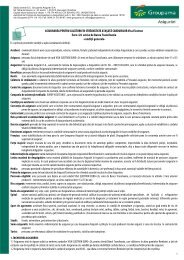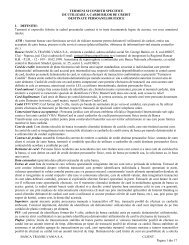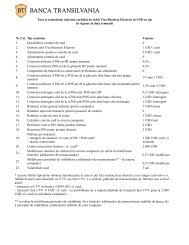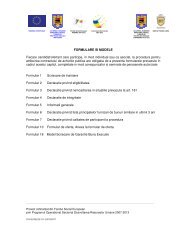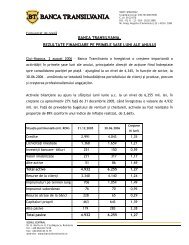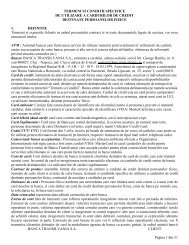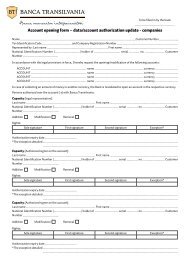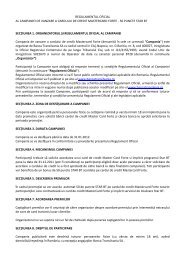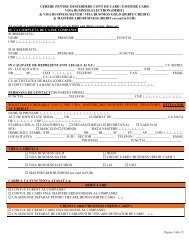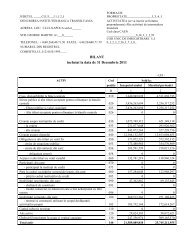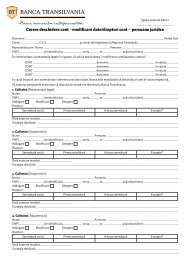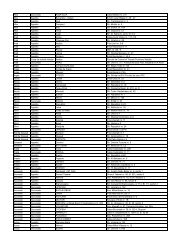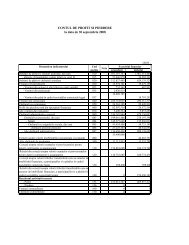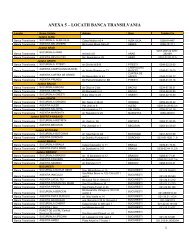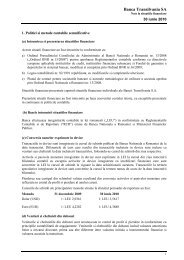BANCA TRANSILVANIA S.A. Romanian joint-stock company ...
BANCA TRANSILVANIA S.A. Romanian joint-stock company ...
BANCA TRANSILVANIA S.A. Romanian joint-stock company ...
- No tags were found...
You also want an ePaper? Increase the reach of your titles
YUMPU automatically turns print PDFs into web optimized ePapers that Google loves.
the trading portfolio, under the circumstances of a fairly low market risk, intelligentlyassumed and adjusted to the market and the group’s development conditions.The market risk management strategy is designed according to the adjustments to theinternal and international legislative framework related to the management of such risk, as aresult of the international financial crisis. It also contemplates the Bank’s latest experiencesand those of the financial markets, in general, and the Banking market, in particular.The Group/Bank is permanently committed to improving the current techniques, methodsand practices for market risk management.Interest Rate Risk Outside the Trading PortfolioInterest rate risk outside the trading portfolio refers to the current or future risk that profitsand capitals could be negatively affected following adverse changes in interest rates.Supervision, assessment and control of interest rate risk are done by means of specificmanagement tool, such as the GAP analysis, static or dynamic, as well as the economicvalue of assets, in accordance with the standardized methodology provided by the NBRregulations.Currency RiskCurrency risk refers to the current or future risk that the Group’s profit and capital could benegatively affected, following adverse changes in interest rates between balance sheetcurrencies.The Group takes a flexible approach to the currency position management, within the limitsadmitted for this indicator.Operational RiskBanca Transilvania’s objectives regarding operational risk management are to controloperational risk, events which may occur in the Bank’s activity, to maintain a low level ofoperational risk related incidents and to ensure against such categories of risks which arenot exclusively under the group’s control.Operational risk management is a prerequisite at all organisational levels, while themanagement policies of such risks are compatible with the specificity of the business lines.The identification, evaluation and monitoring of operational risks is a continuous process,performed via:• permanent control (ongoing supervision of sensitive activities and formalizedaccounting/financial supervision) and specific instructions on operational risks (e.g.collecting and monitoring operational losses);• Periodic control.45



